The 10 Most Controversial Tender Awards in Kenya’s History
Systemic Issues
- IFMIS Manipulation: The Integrated Financial Management System was exploited to approve fraudulent payments, duplicate vendors, and hide transactions.
Blanket Purchase Agreements: Misused for non-competitive, inflated contracts (e.g., Estama’s clinics)
Post-Award Corruption: 82% of procurement violations in health occurred post-award (e.g., payments for undelivered goods).
Weak Accountability: Auditors flagged gaps, but cases stalled due to political interference and legal loopholes .
With the new E-GP System, do you believe thngs will get better?
#10: Anglo Leasing
The Anglo Leasing scandal stands as Kenya's most infamous procurement controversy. Emerging during President Mwai Kibaki's administration in the early 2000s, it involved a series of security-related government contracts awarded to companies under the Anglo Leasing umbrella.
The scandal gained national prominence when it was revealed that the government had entered into contracts with what appeared to be shell companies for services including passport systems and forensic laboratories.
Whistleblower John Githongo, then Permanent Secretary for Ethics and Governance, documented the scandal before resigning and going public with his findings in 2006. The case became emblematic of high-level corruption in Kenya and continues to be referenced as a watershed moment in the country's fight against corruption.
The Anglo Leasing scandal stands as Kenya's most infamous procurement controversy. Emerging during President Mwai Kibaki's administration in the early 2000s, it involved a series of security-related government contracts awarded to companies under the Anglo Leasing umbrella.
The scandal gained national prominence when it was revealed that the government had entered into contracts with what appeared to be shell companies for services including passport systems and forensic laboratories.
Whistleblower John Githongo, then Permanent Secretary for Ethics and Governance, documented the scandal before resigning and going public with his findings in 2006. The case became emblematic of high-level corruption in Kenya and continues to be referenced as a watershed moment in the country's fight against corruption.
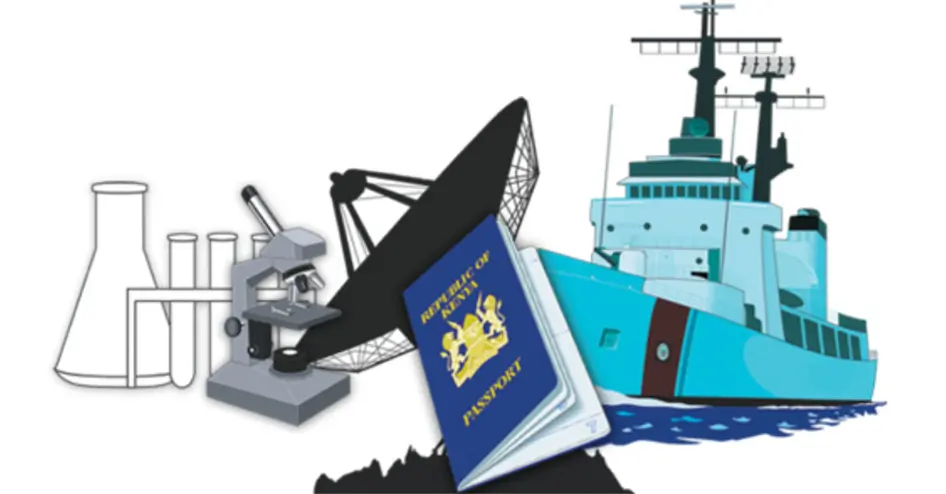
# 9 : The Standard Gauge Railway (SGR)
The Standard Gauge Railway project connects Mombasa to Nairobi (later extended to Naivasha) and represents Kenya's largest post-independence infrastructure investment. Awarded to China Road and Bridge Corporation with Chinese financing, it opened in 2017 amid controversy over its cost, procurement transparency, and economic viability. The project's significant debt burden continues to fuel public debate about Kenya's infrastructure development approach.
The Standard Gauge Railway project connecting Mombasa to Nairobi, representing one of Kenya's largest infrastructure investments since independence.
The contract was awarded to China Road and Bridge Corporation, with financing primarily from Chinese loans. Public controversy surrounded the project's cost, procurement process, and economic viability, with critics questioning both the transparency of the tender process and the terms of the financing.
The railway opened in 2017, with subsequent extensions to Naivasha. Its high profile and the significant national debt incurred have made it a continuing subject of public debate regarding infrastructure development strategies.
The Standard Gauge Railway project connecting Mombasa to Nairobi, representing one of Kenya's largest infrastructure investments since independence.
The contract was awarded to China Road and Bridge Corporation, with financing primarily from Chinese loans. Public controversy surrounded the project's cost, procurement process, and economic viability, with critics questioning both the transparency of the tender process and the terms of the financing.
The railway opened in 2017, with subsequent extensions to Naivasha. Its high profile and the significant national debt incurred have made it a continuing subject of public debate regarding infrastructure development strategies.

#8 : The KEMSA COVID-19 Procurement
This case captured particular public attention because it occurred during a health crisis when proper use of public resources was especially crucial, leading to the phrase "COVID millionaires" entering the national discourse.
The controversy centered on questions about tender processes, pricing, and contract awards for personal protective equipment and other essential supplies during the health emergency.
This case captured particular public attention because it occurred during a health crisis when proper use of public resources was especially crucial, leading to the phrase "COVID millionaires" entering the national discourse.
The controversy centered on questions about tender processes, pricing, and contract awards for personal protective equipment and other essential supplies during the health emergency.
This case captured particular public attention because it occurred during a health crisis when proper use of public resources was especially crucial, leading to the phrase "COVID millionaires" entering the national discourse.
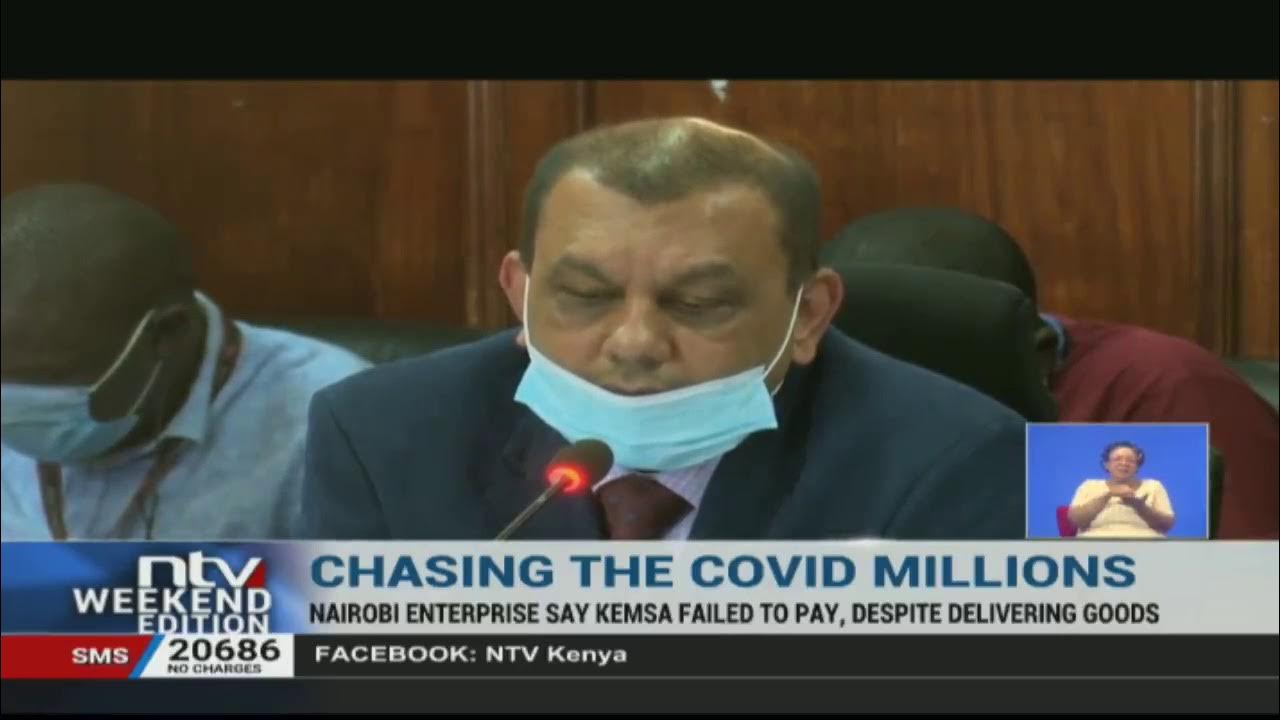
#7 : The Arror and Kimwarer Dams Project
The Arror and Kimwarer dams scandal erupted when substantial advance payments were discovered despite minimal construction progress. The Kenyan government had contracted Italian firm CMC di Ravenna to build these Rift Valley multipurpose dams. The controversy peaked when Treasury Cabinet Secretary Henry Rotich faced criminal charges. Eventually, the government canceled the Kimwarer project while permitting a revised version of the Arror dam to continue.
Arror and Kimwarer dams project, which became controversial when it was revealed that large advance payments had been made despite minimal progress on construction.
The Kenyan government had contracted with Italian firm CMC di Ravenna for the construction of these multi-purpose dams in the Rift Valley region.
The high-profile nature of the case was underscored when then-Treasury Cabinet Secretary Henry Rotich faced legal charges, and the government eventually canceled the Kimwarer dam project while allowing a reviewed version of the Arror dam to proceed.
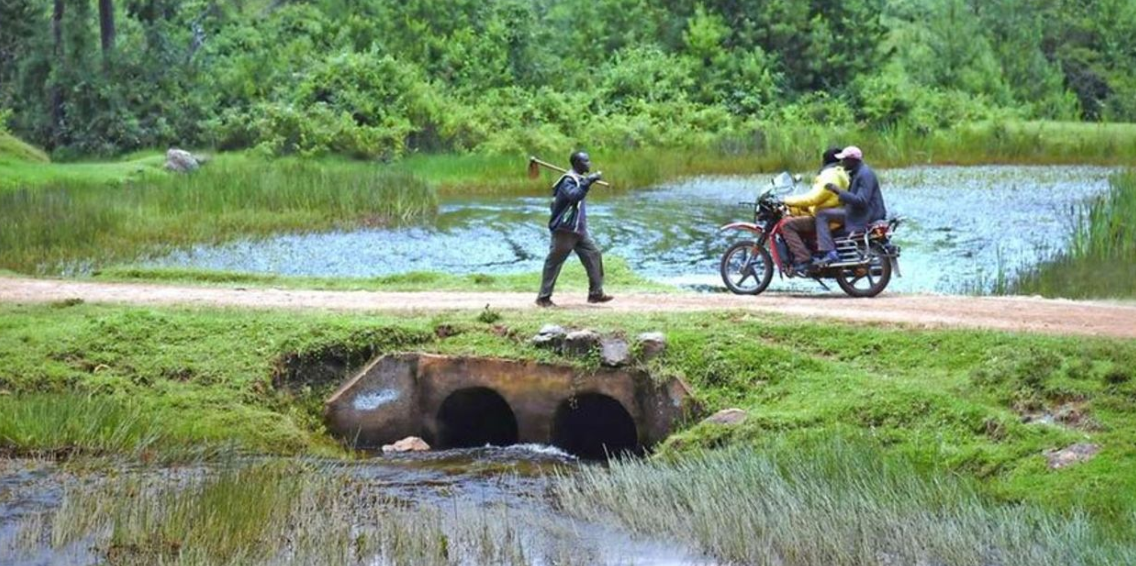
#6 : The Managed Equipment Service (MES) Project
The Managed Equipment Service project, launched by Kenya's Ministry of Health in 2015, provided specialized medical equipment to county hospitals through leasing arrangements with international suppliers. A Senate investigation later questioned the program's cost-effectiveness and value for money, revealing that counties were paying for equipment they often couldn't fully utilize.
The Managed Equipment Service project, launched by Kenya's Ministry of Health in 2015, provided specialized medical equipment to county hospitals through leasing arrangements with international suppliers. A Senate investigation later questioned the program's cost-effectiveness and value for money, revealing that counties were paying for equipment they often couldn't fully utilize.
The Managed Equipment Service project initiated by the Ministry of Health in 2015 sought to provide specialized medical equipment to county hospitals through a leasing arrangement.
The program involved contracts with several international medical equipment suppliers to provide and maintain diagnostic and treatment equipment in public healthcare facilities across Kenya's counties.
A Senate investigation into the project raised significant questions about the cost-effectiveness of the leasing arrangement and whether it provided value for money in improving healthcare services, with counties reportedly paying for equipment they sometimes could not fully utilize.

#5 : The Galana-Kulalu Irrigation Project
The Galana-Kulalu Food Security Project was initiated as a solution to Kenya's food security challenges by developing irrigation infrastructure on a large tract of land between the Galana and Kulalu ranches.
The National Irrigation Board contracted with Israeli firm Green Arava for the initial phase of the project, which aimed to put vast acreage under modern irrigation.
The project's ranking reflects its ambitious scope and subsequent implementation challenges, with reports indicating that the pilot phase did not achieve the expected agricultural yields, leading to reassessments of the project's approach and viability.
The National Irrigation Board contracted with Israeli firm Green Arava for the initial phase of the project, which aimed to put vast acreage under modern irrigation.
The project's ranking reflects its ambitious scope and subsequent implementation challenges, with reports indicating that the pilot phase did not achieve the expected agricultural yields, leading to reassessments of the project's approach and viability.
The Galana-Kulalu Food Security Project was initiated as a solution to Kenya's food security challenges by developing irrigation infrastructure on a large tract of land between the Galana and Kulalu ranches.
The National Irrigation Board contracted with Israeli firm Green Arava for the initial phase of the project, which aimed to put vast acreage under modern irrigation.
The project's ranking reflects its ambitious scope and subsequent implementation challenges, with reports indicating that the pilot phase did not achieve the expected agricultural yields, leading to reassessments of the project's approach and viability.
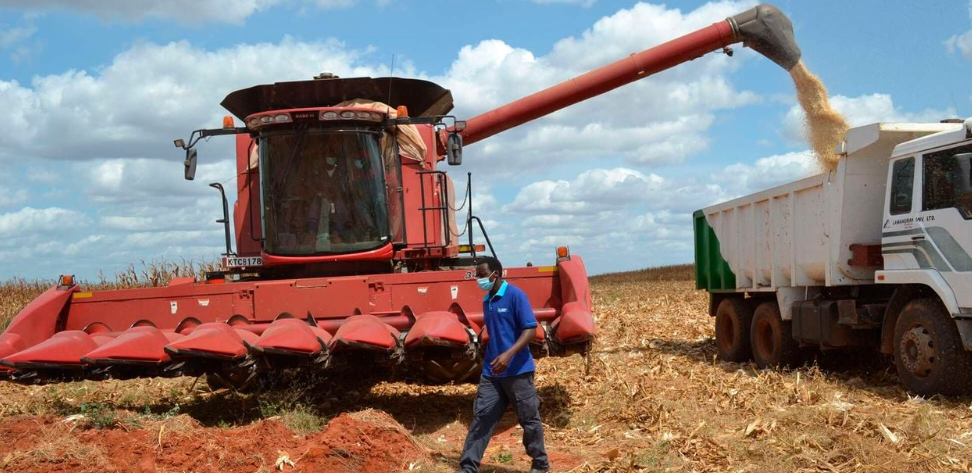
#4 : The Kenya Pipeline Company (KPC) Line 5 Project
The Mombasa-Nairobi oil pipeline (Line 5) project faced public scrutiny after significant cost overruns. Kenya Pipeline Company contracted Zakhem International Construction to replace aging infrastructure, but the project sparked investigations into procurement processes and cost management, exemplifying Kenya's persistent challenges with infrastructure implementation.
The Mombasa-Nairobi oil pipeline (Line 5) project faced public scrutiny after significant cost overruns. Kenya Pipeline Company contracted Zakhem International Construction to replace aging infrastructure, but the project sparked investigations into procurement processes and cost management, exemplifying Kenya's persistent challenges with infrastructure implementation.
The construction of a new oil pipeline between Mombasa and Nairobi, known as Line 5, became the subject of public scrutiny following significant cost escalations.
The Kenya Pipeline Company awarded the contract to Zakhem International Construction to build the pipeline, which was intended to replace the aging existing infrastructure.
The project's controversial nature stemmed from investigations into concerns about procurement processes and cost management, highlighting persistent challenges in infrastructure project implementation in Kenya.
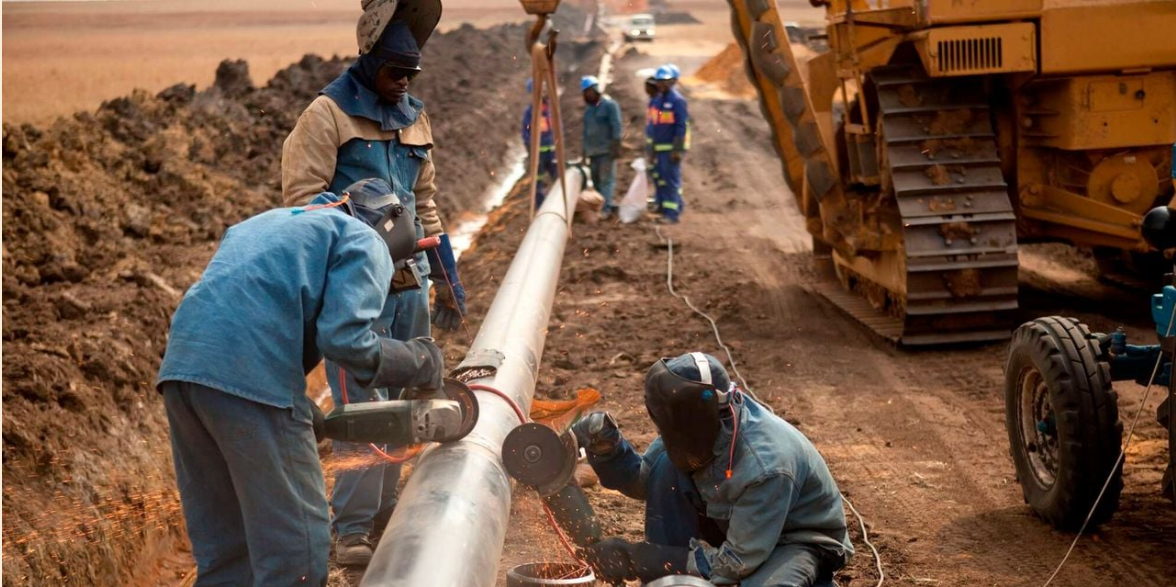
Break: Notable Mentions
Primary School Laptop Project
Jubilee government's digital learning initiative faced legal challenges when bidders disputed the winning supplier's qualifications, forcing a redesign from individual laptops to computer labs under the Digital Literacy Programme.
Mobile Clinics Tender
Health Ministry's procurement of portable clinics for underserved areas sparked controversy when facilities remained unused at Mombasa port for months, highlighting flaws in public health infrastructure planning.
Primary School Laptop Project
Jubilee government's digital learning initiative faced legal challenges when bidders disputed the winning supplier's qualifications, forcing a redesign from individual laptops to computer labs under the Digital Literacy Programme.
Mobile Clinics Tender
Health Ministry's procurement of portable clinics for underserved areas sparked controversy when facilities remained unused at Mombasa port for months, highlighting flaws in public health infrastructure planning.
The Primary School Laptop Project
Following campaign promises, the Jubilee government initiated a program to provide digital learning devices to primary school children across Kenya.
The initial tender process for the project faced legal challenges when competing bidders disputed the qualifications of the selected supplier, leading to procurement delays and program redesign.
After these setbacks, the program was transformed from individual laptops to computer laboratories, with implementation continuing under the Digital Literacy Programme, highlighting how procurement challenges can reshape major policy initiatives.
The Mobile Clinics Tender
Completing the ranking is the mobile clinics tender, where the Ministry of Health procured portable medical clinics intended to serve informal settlements and hard-to-reach areas.
Public controversy emerged when it was reported that these facilities remained unused at the port of Mombasa for an extended period after procurement, raising questions about planning and coordination.
While smaller in financial scale than other controversies on this list, the case nonetheless highlighted issues in public health infrastructure procurement and implementation.
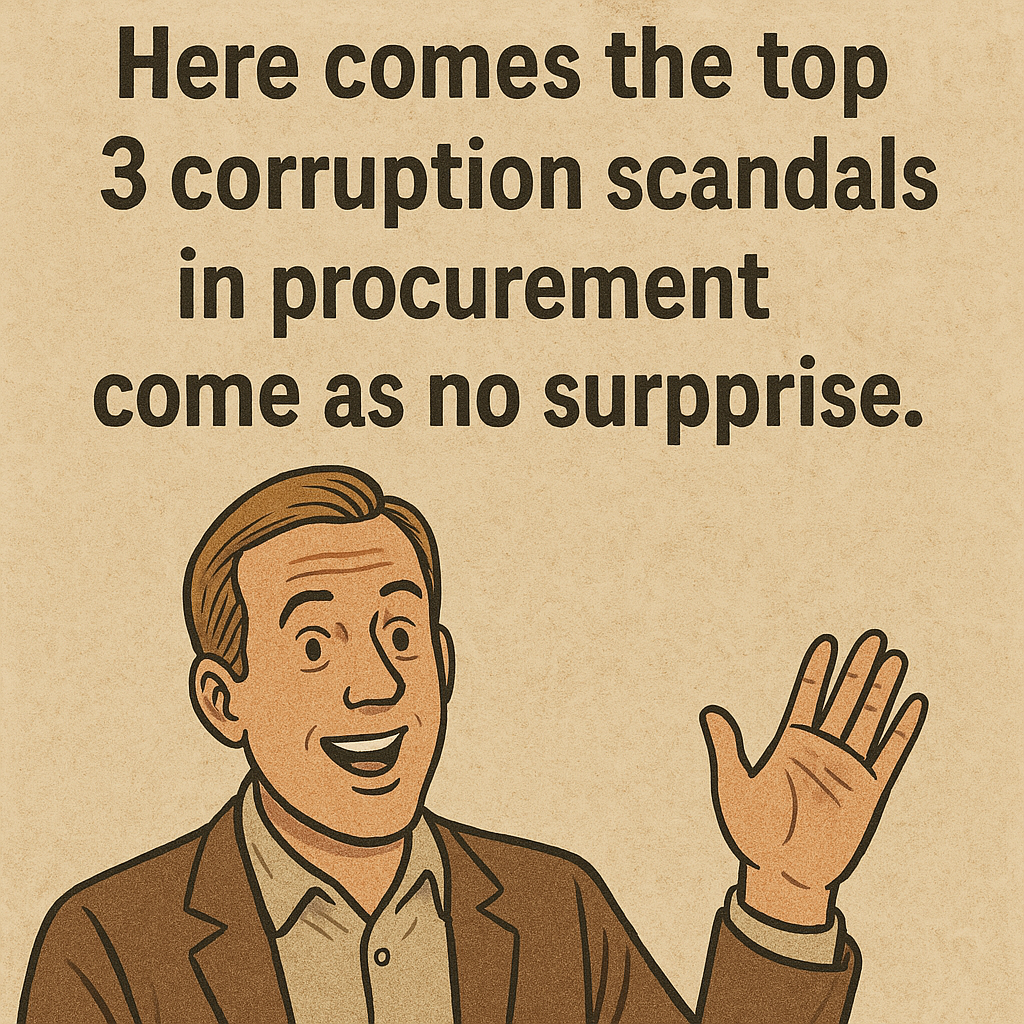
#3: The Electoral Management Systems Tender
The procurement of electronic systems for the 2017 general elections became controversial following disputes over the tender award and subsequent system performance.
The Independent Electoral and Boundaries Commission (IEBC) faced legal challenges regarding its procurement decisions for the integrated election management system intended to enhance electoral integrity.
The systems' performance during the election became a focal point in subsequent disputes about the election results, demonstrating how procurement decisions can have far-reaching implications for democratic processes.

#2: The Afya House Scandal (2016) – KSh 5 Billion Health Sector Fraud
What Happened?
A 2016 KSh 5B Ministry of Health scandal exposed fraudulent medical supply procurement & diverted healthcare funds.
Key Issues:
Ghost projects: Fictitious programs funded.
Inflated tenders: Supplies bought at 300%+ market rates.
Unaccounted millions: No paperwork for KSh 2.1B.
Key Figures:
Dr. Cleopa Mailu (Health CS): Denied allegations.
Dr. Nicholas Muraguri (PS): Accused of oversight failures.
Procurement officers: Charged, but trials stalled.
Outcome:
Weak convictions, suspensions.
Legacy: Crumbling public trust in Kenya’s health sector controls
What Happened?
A 2016 KSh 5B Ministry of Health scandal exposed fraudulent medical supply procurement & diverted healthcare funds.
Key Issues:
Ghost projects: Fictitious programs funded.
Inflated tenders: Supplies bought at 300%+ market rates.
Unaccounted millions: No paperwork for KSh 2.1B.
Key Figures:
Dr. Cleopa Mailu (Health CS): Denied allegations.
Dr. Nicholas Muraguri (PS): Accused of oversight failures.
Procurement officers: Charged, but trials stalled.
Outcome:
Weak convictions, suspensions.
Legacy: Crumbling public trust in Kenya’s health sector controls
What Happened?
In 2016, the Ministry of Health was embroiled in a KSh 5 billion scandal involving fraudulent procurement of medical supplies and misuse of funds meant for healthcare programs.
Key Issues:
Ghost projects – Money was paid for programs that didn’t exist.
Inflated tenders – Medical supplies were bought at grossly exaggerated prices.
Unaccounted funds – Millions disappeared without proper documentation.
Key Figures Involved:
Dr. Cleopa Mailu (Health CS) – Faced criticism but denied wrongdoing.
Dr. Nicholas Muraguri (Principal Secretary) – Accused of mismanagement.
Several procurement officers – Some were charged but cases dragged.
Outcome:
Some officials were suspended, but few convictions were made.
The scandal exposed weak financial controls in Kenya’s health sector.

The National Youth Service (NYS) Scandals (2015 & 2018) – Kenya’s Biggest Public Sector Heists
1. 2015 NYS Scandal: KSh 791M Heist
How: Ghost firms invoiced "air supplies," colluding with NYS insiders.
Key Players:
- Anne Waiguru (CS): Cleared despite public outcry.
- Ben Gethi: Fraud-linked businessman.
- Josephine Kabura: Blew whistle on fake firms.
Outcome: Trials stalled; reforms failed (corruption returned by 2018).
2. 2018 NYS Scandal: KSh 9B Loot
How: Fake invoices + KSh 200M/day cash withdrawals, bank collusion.
Key Players:
- Richard Ndubai (NYS boss): Charged, suspended.
- Lillian Omollo (PS): Trial ongoing.
- Kabura: Repeat offender in money laundering.
Outcome:50+ arrests, partial recovery, KSh 9B still missing.
Legacy: NYS = Kenya’s corruption "groundhog day" – same schemes, bigger stakes. 💸🔁
1. 2015 NYS Scandal: KSh 791M Heist
How: Ghost firms invoiced "air supplies," colluding with NYS insiders.
Key Players:
- Anne Waiguru (CS): Cleared despite public outcry.
- Ben Gethi: Fraud-linked businessman.
- Josephine Kabura: Blew whistle on fake firms.
Outcome: Trials stalled; reforms failed (corruption returned by 2018).
2. 2018 NYS Scandal: KSh 9B Loot
How: Fake invoices + KSh 200M/day cash withdrawals, bank collusion.
Key Players:
- Richard Ndubai (NYS boss): Charged, suspended.
- Lillian Omollo (PS): Trial ongoing.
- Kabura: Repeat offender in money laundering.
Outcome:50+ arrests, partial recovery, KSh 9B still missing.
Legacy: NYS = Kenya’s corruption "groundhog day" – same schemes, bigger stakes. 💸🔁
1. 2015 NYS Scandal: KSh 791M Heist
How: Ghost firms invoiced "air supplies," colluding with NYS insiders.
Key Players:
- Anne Waiguru (CS): Cleared despite public outcry.
- Ben Gethi: Fraud-linked businessman.
- Josephine Kabura: Blew whistle on fake firms.
Outcome: Trials stalled; reforms failed (corruption returned by 2018).
2. 2018 NYS Scandal: KSh 9B Loot
How: Fake invoices + KSh 200M/day cash withdrawals, bank collusion.
Key Players:
- Richard Ndubai (NYS boss): Charged, suspended.
- Lillian Omollo (PS): Trial ongoing.
- Kabura: Repeat offender in money laundering.
Outcome:50+ arrests, partial recovery, KSh 9B still missing.
Legacy: NYS = Kenya’s corruption "groundhog day" – same schemes, bigger stakes. 💸🔁
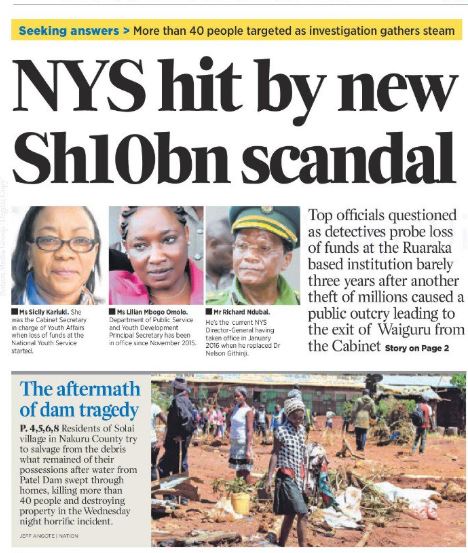
Academic Paper on Corruption: Read Approaching Trascedence yet?
Read it today
Available in Emerald Publishing
Downloaded our Apps?
Ready to lead Kenya’s supply chain revolution?
Join Tenderzville’s Early Access Program for priority onboarding, 30% lifetime discounts, and tools to future-proof your business. Explore Procurechain or download SupplyChain-Ke for curated job opportunities.